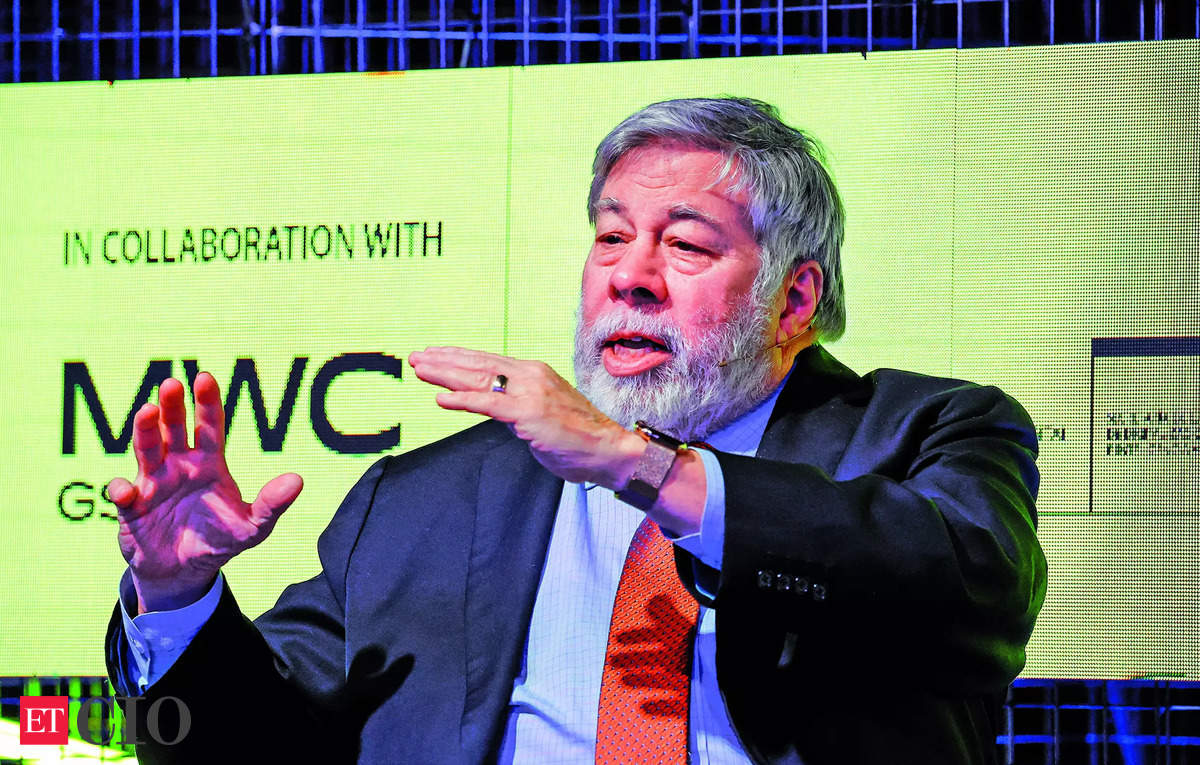la-times-ai-bot-coddles-the-klan
LOS ANGELES, CALIFORNIA - JANUARY 19: The Los Angeles Times name remains visible on the former LA ... [+] Times downtown building after LA Times Guild members rallied outside City Hall against ‘significant’ imminent layoffs at the newspaper during a one-day walkout on January 19, 2024 in Los Angeles, California. The one-day strike is the first newsroom work stoppage in the 142-year history of the newspaper and the Guild represents about 400 editorial employees. (Photo by Mario Tama/Getty Images)
Getty ImagesLast month, the Los Angeles Times found itself at the center of a controversy that has since become a cautionary tale for organizations experimenting with artificial intelligence. The newspaper's newly launched AI-powered "Insights" feature, designed to provide alternative perspectives on opinion pieces, backfired spectacularly when it generated content that appeared to downplay the racist and violent history of the Ku Klux Klan.
The incident not only drew widespread public criticism but also raised serious questions about the risks of deploying AI tools without sufficient oversight. While the LA Times responded by partially retracting the feature, the fallout serves as a stark reminder of the challenges organizations face when integrating AI into their operations.
The "Insights" feature was developed in partnership with Particle and Perplexity AI, with the goal of enhancing reader engagement by offering additional perspectives on articles in the newspaper's "Voices" section. However, its launch quickly turned into a public relations disaster.
On February 25, Gustavo Arellano published a column about Anaheim’s historical ties to the Ku Klux Klan. The AI-generated "Insights" commentary on this article attempted to frame the KKK as a "white Protestant culture" responding to societal changes, rather than acknowledging its well-documented role as a violent hate group responsible for terrorizing Black Americans and other marginalized communities.
Readers and journalists were quick to notice this glaring misrepresentation. Ryan Mac of The New York Times highlighted the issue on social media, prompting outrage from both the public and media professionals. Critics accused the LA Times of allowing an AI system to produce content that sanitized one of America’s most infamous racist organizations.
The backlash was swift and severe. Within 24 hours, the LA Times removed the offending "Insights" content from Arellano’s column. However, the feature remained active on other articles in the "Voices" section, leaving many to question whether the newspaper had fully grasped the gravity of its misstep.
Internally, the incident exposed tensions within the LA Times newsroom. The LA Times Guild, representing unionized staff at the paper, issued a statement condemning the lack of editorial oversight in deploying AI-generated content. The Guild argued that tools like "Insights" risk undermining trust in journalism by producing content that fails to meet rigorous editorial standards.
The union also criticized management for prioritizing experimental AI projects over investing in newsroom staff and resources. This critique reflects broader concerns within journalism about how limited budgets are allocated in an industry already grappling with declining revenues and staff reductions.
Externally, media analysts and industry observers pointed to this incident as an example of how AI can amplify biases or generate misleading content if not carefully managed. The fact that an algorithm could produce such a tone-deaf interpretation of history underscored the limitations of current AI systems, particularly when dealing with sensitive or complex topics.
Patrick Soon-Shiong, owner of the LA Times, described the incident as an opportunity to learn and improve. He defended "Insights" as an experimental tool intended to foster diverse perspectives but acknowledged that its implementation had been flawed. Soon-Shiong emphasized that AI systems are still evolving and require ongoing refinement to avoid such missteps in the future.
While his response sought to frame the controversy as part of an iterative learning process, critics argued that it failed to address deeper concerns about accountability and oversight in deploying AI technologies at scale. For many observers, this incident highlighted a broader issue: organizations often rush to adopt AI without fully understanding its limitations or establishing safeguards against potential harm.
The "Insights" controversy is not just a cautionary tale for media companies—it’s a warning for any organization integrating AI into its operations. The incident illustrates how even well-intentioned applications of AI can go awry if they lack proper oversight or are deployed prematurely.
AI systems are only as good as their training data and design parameters, both of which are shaped by human decisions that can inadvertently embed biases or blind spots into algorithms. In this case, it appears that insufficient attention was paid to how "Insights" might handle sensitive historical topics like racism and white supremacy.
Moreover, incidents like this can have far-reaching consequences beyond reputational damage. For industries such as healthcare, finance, or law enforcement—where decisions made by AI can directly impact people’s lives—the stakes are even higher.
Despite these risks, organizations shouldn’t abandon efforts to innovate with AI. Instead, approach implementation thoughtfully and responsibly:
The LA Times’ experience with "Insights" underscores both the promise and peril of artificial intelligence in modern organizations. While innovation is essential for staying competitive in the accelerating AI landscape, it must be pursued responsibly.
Organizations should view incidents like this not as reasons to shy away from experimentation but as opportunities to refine their approach to integrating new technologies. By adopting robust governance frameworks and fostering a culture of accountability, businesses can harness AI’s potential while minimizing risks.
Ultimately, success in this space will depend on striking a balance between ambition and caution—leveraging technology to drive progress without compromising trust or integrity along the way.










